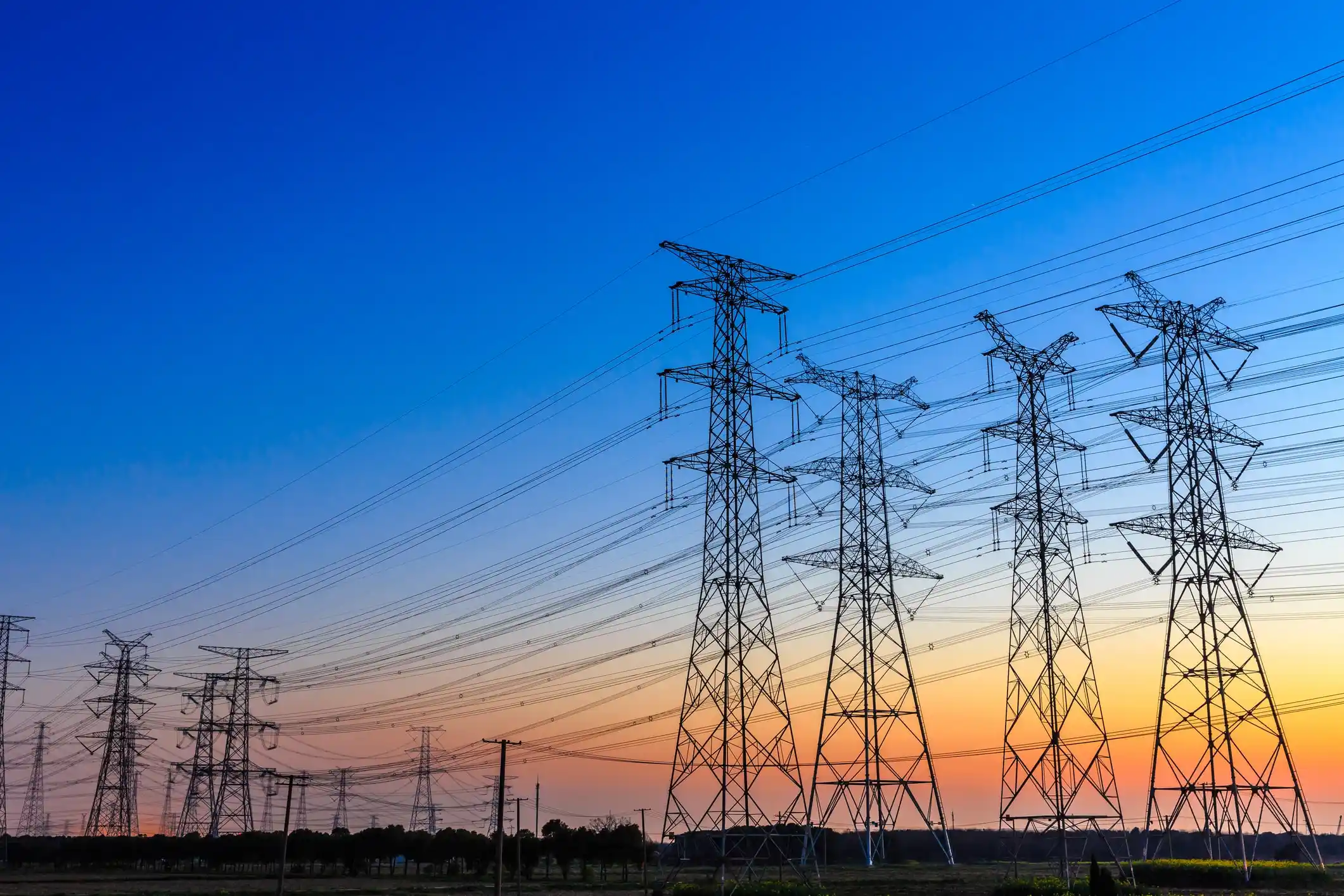POSTED
April 4, 2025
Assessing the Potential Pitfalls in Solar Farm Investments
Solar farm investments go beyond financial gains and help support the shift to clean energy. The potential for strong returns, but there are also challenges. Before committing capital, you need a clear understanding of the risks involved. Profitability depends on several factors, including regulatory changes, site selection, and shifts in the energy market. Investors need to weigh the risks and opportunities before making a decision.

This article covers common pitfalls in solar farm investments, how these challenges affect returns, and the strategies Shasta Power uses to manage risk. With the right approach, you can grow your wealth while supporting renewable energy.
Regulatory and Policy Uncertainty
Government policies and regulations play a significant role in shaping the economics of solar energy, influencing the viability of projects and their investment potential. Shifts in tax credits, net metering rules, and grid connection policies can create an unpredictable environment for investors and developers.
Government Incentives and Tax Credits
Tax credits and subsidies play a key role in financing solar projects. Programs like the Investment Tax Credit (ITC) and production-based incentives help offset upfront costs and improve returns. However, these incentives aren’t guaranteed to last. Political changes can reduce benefits or phase them out, making it harder to plan long-term investments. Without stable policy support, financial projections become more challenging.
Energy Regulations and Solar Pricing
State and federal policies impact how solar power is priced and sold. Net metering rules, which determine how much utilities pay for excess energy, vary by state and are subject to change. If compensation rates drop, solar investors may see lower returns. Power Purchase Agreements (PPAs) also depend on regulatory stability. Policy shifts can alter contract terms, making long-term revenue less predictable.
Interconnection and Grid Policies

Connecting solar projects to the grid isn’t always straightforward. Utility companies control the process, sometimes causing delays through complex approval requirements. Technical standards also change, adding compliance hurdles that increase costs. Efforts to modernize the grid may introduce new regulations, affecting how and where developers can deploy solar projects.
Challenges in Site Selection and Land Acquisition
Selecting the right site for a solar farm isn’t just about finding open land. Environmental restrictions, zoning laws, and grid access all play a role in determining whether a location is viable.
Environmental and Geographic Constraints
Not every piece of land works for a solar project. Flood zones, unstable soil, and conservation restrictions can rule out potential sites. Zoning laws and environmental regulations add another layer of complexity, limiting where developers can build solar farms. Even if a site meets initial requirements, permitting delays and changing regulations can slow progress and drive up costs.
Proximity to Power Infrastructure
A solar farm needs an efficient connection to the grid. The farther a site is from substations and existing transmission lines, the higher the cost to connect. Grid congestion can sometimes make development infeasible, even if everything else aligns. Expanding infrastructure with new transmission lines or substations can cost tens to hundreds of millions, an expense many projects can’t absorb.
Local Community Support

Even when a solar farm meets technical and regulatory requirements, local sentiment plays a big role. Concerns about aesthetics, property values, and land use often drive opposition. Without community buy-in, projects can stall or get rejected altogether. Gaining support early in the process helps avoid drawn-out approval battles and potential shutdowns.
Energy Market Volatility and Revenue Uncertainty
Wholesale electricity prices shift based on fuel costs, weather patterns, grid updates, and government regulations. These fluctuations affect how much solar farms earn, whether selling to utilities or directly to consumers. Without fixed pricing agreements, revenue can become unpredictable, making long-term investment planning more challenging.
The Impact of Energy Demand and Competition
Energy consumption changes throughout the day and across seasons, influencing revenue potential. Peak demand often happens in the evening when solar generation tapers off. While many PPAs offer fixed pricing, shielding producers from immediate market fluctuations, the increasing supply of renewable energy can lead to lower wholesale electricity prices over time, potentially influencing future contract negotiations and the financial viability of new projects.
The Role of Storage Solutions
Battery storage helps balance energy supply and demand but comes with upfront costs. Storing excess power and selling it during peak hours can create a steadier revenue stream. However, builders must factor in investment and maintenance expenses. Battery lifespan, efficiency, and capacity all influence whether storage makes financial sense. Government incentives may help offset costs, improving the feasibility of storage as a long-term solution.
How Shasta Power Mitigates Risk
Shasta Power specializes in acquiring and developing utility-scale solar farms backed by private investments. From the start, we focus on minimizing risk by carefully selecting project sites. Our due diligence process examines solar potential, grid access, and environmental considerations to identify the best locations.
Once a site is secured through purchase or lease, we handle the permitting, engineering, and financing, while we partner or sell a project during the construction planning phase. Every project is developed to meet industry and regulatory standards, setting the stage for a smooth transition to the next phase.
Our strategy is built around timing. We aim to sell or co-develop projects when they reach a major milestone—utility viability—before costs escalate at the Notice to Proceed (NTP) stage. This approach shortens the investment period while targeting strong returns.
To maximize value, we collaborate with Independent Power Producers (IPPs), specializing in construction and long-term operation. These companies seek ready-to-build projects and pay a premium for fully developed, de-risked assets. By handing off projects at the right stage, we lock in value while reducing exposure to long-term risks.
Investing in solar farms comes with rewards but also requires navigating regulatory shifts, site selection challenges, and energy market fluctuations. While these factors create uncertainty, a well-planned approach can reduce risk and improve outcomes.
Shasta Power focuses on prime locations, streamlining development, and timing exits to maximize investor returns. We capitalize on value by selling projects at key milestones while sidestepping long-term volatility. With a strategic approach to risk management, solar investments can be both profitable and a force for cleaner energy.
If you are ready to take the next step, contact us for more information. Our team can guide you through the investment process and help you understand how utility-scale solar can be part of your financial journey and environmental commitment.
Get in touch today and start your investment journey!





